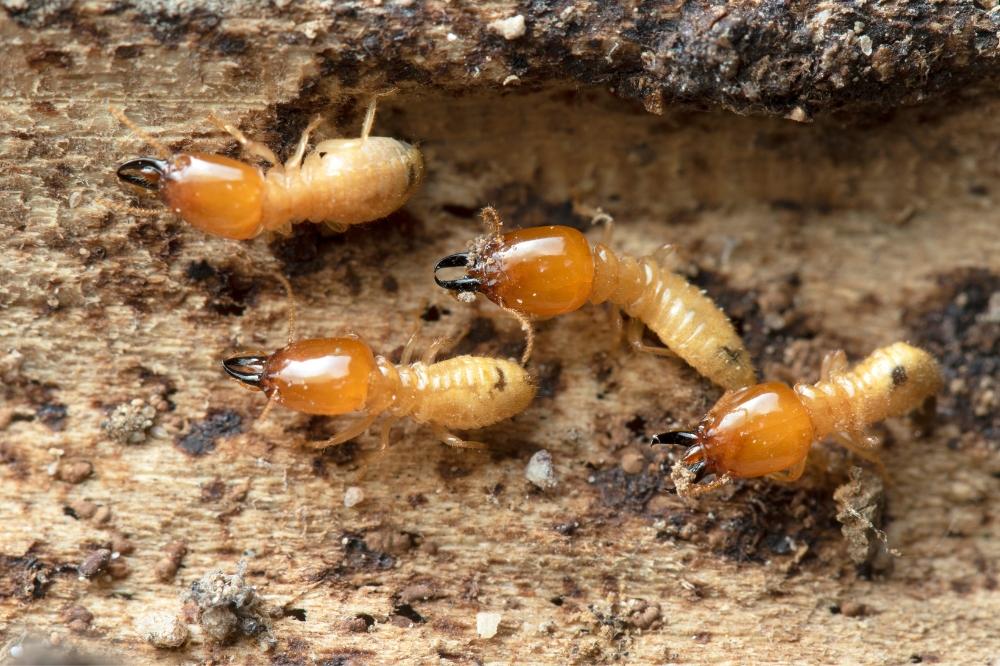Termites are often referred to as "silent destroyers" for a reason. These small, persistent pests can cause significant structural damage to buildings before any obvious signs appear. While dealing with termites post-infestation is common, preventing them before they even arrive is far more efficient and cost-effective. This is where pre-construction termite treatment plays a crucial role.
What Is Pre-Construction Termite Treatment?
Pre-construction termite treatment is a proactive pest control strategy that involves treating soil and building materials with termiticides before a structure is built. This process creates a chemical barrier around the foundation, preventing termites from entering the building from the ground. Unlike post-construction treatments that involve drilling and fumigating, pre-construction treatments are more effective, economical, and easier to apply during the building phase.
The process generally includes:
-
Site Preparation: Removal of roots, wood debris, and other cellulose materials.
-
Soil Treatment: Application of liquid termiticides on the soil before pouring the foundation slab.
-
Foundation and Structural Treatment: Applying chemicals around footings, foundation walls, and expansion joints.
-
Final Stage Treatment: Treating areas around plumbing and utility entry points.
Why It Matters: Key Benefits
1. Long-Term Cost Savings
While there is an upfront cost to pre-construction termite treatment, it is significantly less expensive than repairing termite damage after the fact. Termite infestations can go undetected for years, during which time they can cause thousands of dollars in structural damage. By investing in treatment during the construction phase, property owners avoid these future repair costs.
2. Enhanced Structural Integrity
Termites primarily feed on wood and other cellulose-based materials. In a building, this includes framing, flooring, ceilings, and even some types of insulation. Left unchecked, termites can compromise a building’s structural integrity, making it unsafe. Pre-construction treatment ensures a protective barrier is in place from day one, preserving the strength and stability of the structure.
3. Peace of Mind
Knowing that a home or commercial building has been protected from termite invasions before it is even built provides peace of mind to owners, developers, and occupants alike. It's one less issue to worry about, and it reduces the risk of disputes or costly surprises down the road.
4. Compliance with Building Codes
In many regions, especially in termite-prone areas, pre-construction termite treatment is a mandatory requirement under local building codes or national pest management standards. Ensuring compliance not only helps avoid fines and project delays but also enhances the property’s long-term value.
5. Eco-Friendly Options Are Available
Modern termite treatments have evolved to include eco-friendly and less toxic alternatives. These options are not only effective against termites but are also safer for the environment and future occupants. Builders and developers can choose formulations that align with sustainable building practices without compromising on protection.
When and How to Apply Pre-Construction Termite Treatment
Ideal Timing
The most effective time for termite treatment is before any concrete is poured. The soil should be treated after the excavation and before laying the foundation slab. Depending on the size and complexity of the building, treatment might also be applied during different construction phases such as foundation walls, backfilled areas, and around utility lines.
Methods of Application
-
Soil Treatment with Liquid Termiticides: The most common method, where termiticides are applied directly to the soil at prescribed rates.
-
Use of Termite-Resistant Building Materials: Incorporating materials such as treated wood or steel framing adds another layer of defense.
-
Physical Barriers: In some cases, builders use physical barriers like stainless steel mesh or sand barriers to block termite entry.
Professional Application Is Key
It’s crucial that termite treatment is applied by licensed professionals. Improper application can result in gaps in the protective barrier, leaving the structure vulnerable. Professionals also ensure the correct dosage and compliance with local regulations.
Common Misconceptions About Termite Prevention
Despite the proven effectiveness of pre-construction termite treatment, several misconceptions persist:
-
“Concrete foundations stop termites.”
Termites can enter through tiny cracks or follow utility lines that penetrate concrete slabs. Concrete alone is not a reliable deterrent. -
“I don’t see termites, so there’s no problem.”
Termites can be active underground and inside walls for years without visible signs. Prevention is always better than waiting for damage. -
“New buildings don’t need termite treatment.”
Termites don't discriminate based on age. Even brand-new structures can be infested if proper precautions aren’t taken during construction.
Impact on Property Value and Insurance
Homes and buildings with documented pre-construction termite treatment often have higher resale values. Buyers are more likely to invest in a property that is well-protected from potential pest issues. Additionally, some insurance companies offer favorable terms or discounts for properties with termite protection, though most standard homeowner policies do not cover termite damage.
Conclusion: A Smart Investment for Any Project
Termite damage is not only destructive but also largely preventable. Pre-construction termite treatment offers a smart, strategic, and economical solution for property owners, builders, and developers alike. It helps ensure that a building remains safe, strong, and pest-free from the start.
Whether you're building a home, a commercial office, or a large-scale residential development, integrating termite treatment into the construction process is not just a good idea—it’s an essential step toward long-term durability and peace of mind. Don't wait for the damage to appear. Protect your investment from the ground up.

